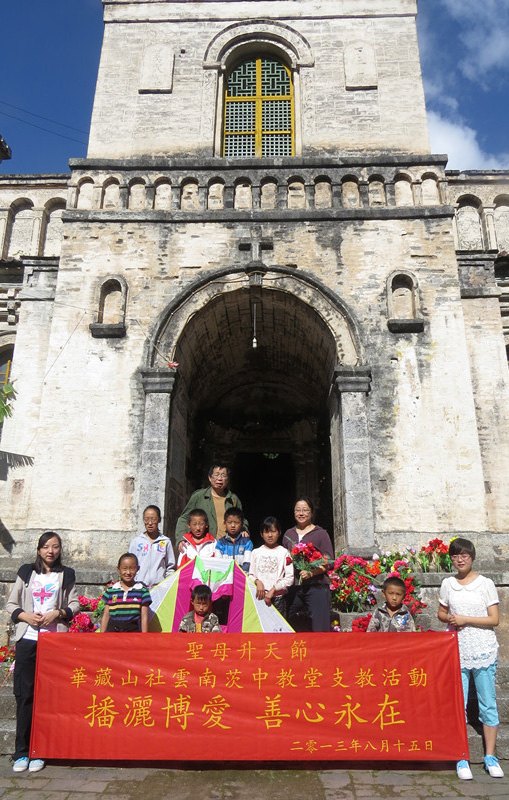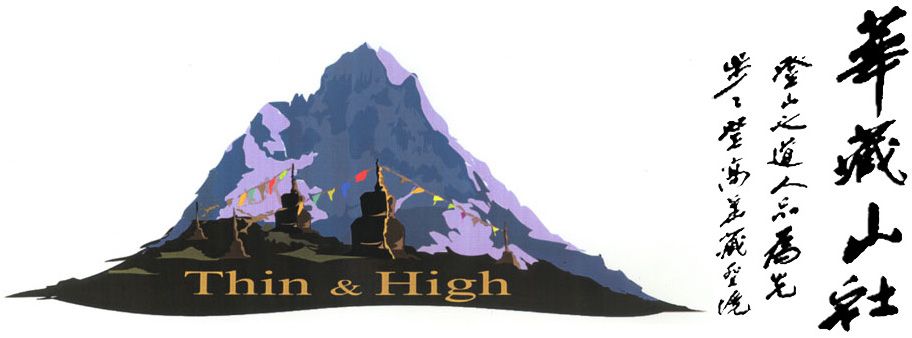Volunteer teaching at Cizhong Catholic Church in Yunnan
 In mid August 2013, Thin & High organized a volunteer teaching program in Cizhong Village of the Diqing Tibetan Autonomous Prefecture in western Yunnan province.
In mid August 2013, Thin & High organized a volunteer teaching program in Cizhong Village of the Diqing Tibetan Autonomous Prefecture in western Yunnan province.
The three distinct ethnic groups living in this village — Tibetans, Naxi and Han — are predominantly Catholics, and a handful of Buddhists. Members of the two religions co-exist peacefully and harmoniously.
The landmark of the village is the Cizhong Catholic Church, which was first built in 1867 by French missionaries and rebuilt in 1909. With mainly gothic design, the church combines Tibetan and Yunnan ethnic architectural styles, and was designated as a key national cultural protection relic in 2006 by the Chinese government.
During the teaching program, Thin & High volunteers from across China taught children in this isolated village numerous subjects and skills ranging from music, art and craft, to dancing, knot-tying, astronomy and various forms of outdoor activities.
Due to the village’s extreme isolation, children in the village are not only unexposed to the outside world, they had also never met anyone from outside the village. So in addition to inculcating more skills, knowledge and confidence in these children, volunteer teachers also tried to instill in them new views and knowledge that will hopefully stretch their perspectives and imagination in the fullest possible way. Click here to read Li DeMing’s blogs on October 21, October 23, November 6 and November 7, 2013, which provided detailed accounts of the project and the volunteers’ reports.
Prior to coming to the village, Thin & High custom-made 1,000 metal crucifixes as gifts to the village church. The attempt was not merely to help propagate the Catholic faith, it was also to meet the shortage of religious items in this village, which is both isolated and inaccessible.
Upon completion of the teaching program, Thin & High has also embarked on a project to compile the history of the Cizhong Catholic Church in order to record and preserve both the unique history of the church and the distinctive culture of the village. The document will soon be published.
